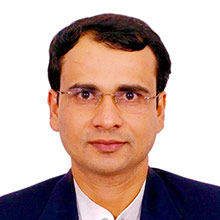The 11th five year plan was a watershed period for the Indian textile and clothing industry. In the backdrop of the complete abolition of MFA in the year 2005, Indian textile industry was aspiring for a consistent and coherent policy approach which could stimulate investment,capacity addition and employment generation. This objective had been partially achieved during the current plan period which is coming to end in the year 2012. The free trade in the sector had posed challenges and opportunities. On the one hand, the stiff competition from the textile producing countries from Asia, prompted Indian companies to go for high capital intensive investment for optimization production efficiency. The off take of investment credit under Technology Upgradation Fund Scheme had intensified during the plan period albeit lopsided flow towards spinning sector. But the entire value chain had benefitted immensely due to this innovative scheme. The modified scheme had given more emphasis to the traditionally weak and fragmented sectors, weaving and processing. The prospects of the industry would remain weak if these two vital segments do not go for modernisation and up gradation.
The Organised Mill Industry in the Indian textiles sector consists of spinning mills outside the SSI sector, composite mills and large weaving units, normally referred to as exclusive weaving mills in government statistics. As of 2010-11, there are 1960 spinning mills, 185 composite mills and 183 exclusive weaving mills in the country. The number of spinning mills in the organised sector has gone up by 23% during the last four years. The number of spindles and rotors has gone up by 14% each and employment in the sector by5% during this period. Spinning mills in the organised sector are world class both in terms of technology and production efficiency. This sector is highly capital intensive and hence constitutes a major chunk of total investments in overall textiles and clothing industry of India. Since the inception of Technology Upgradation Fund Scheme (TUFS) in the year 1999, 33% of investments (
The author is Economist associated with Confederation of Indian Textile Industry







Comments